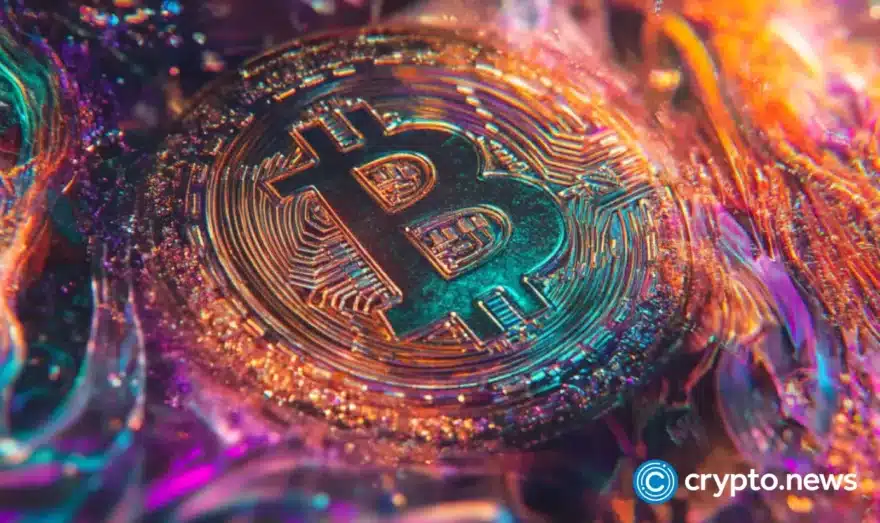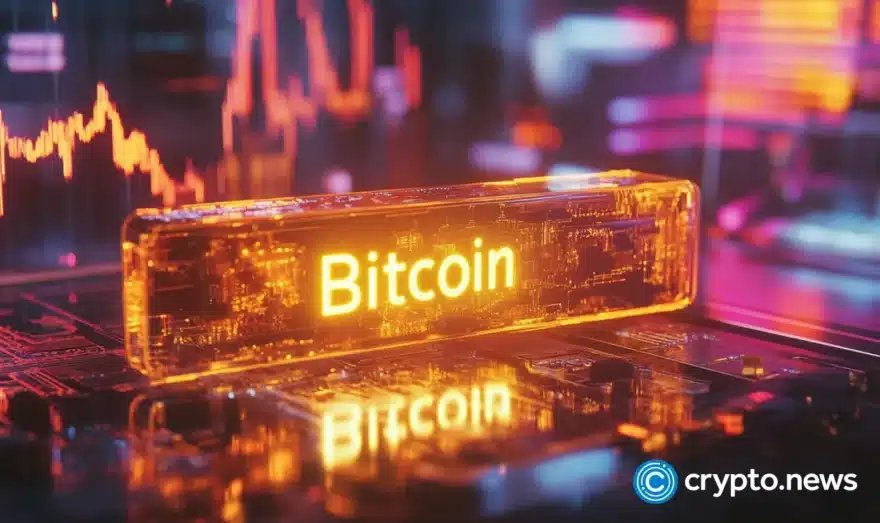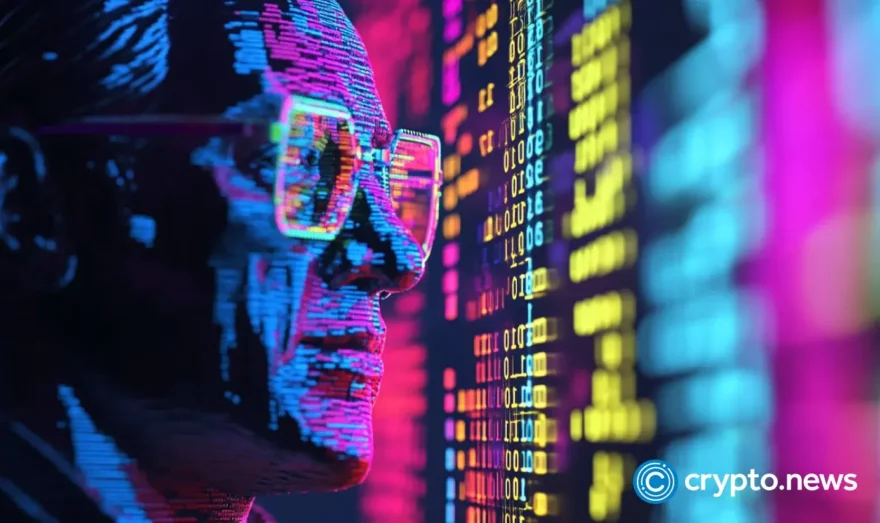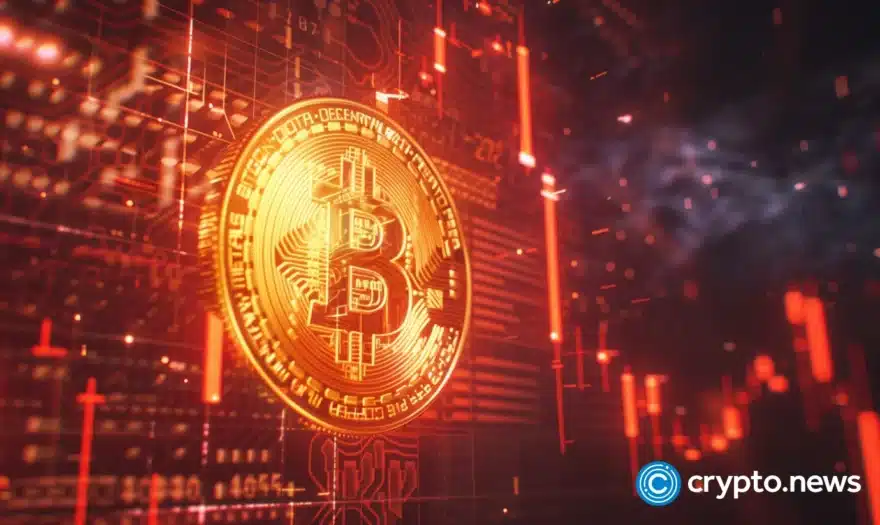Global geofencing market to reach $50 billion by 2026

Few people can live without a smartphone these days. They’ve become essential for daily life, enabling owners to stay connected with their families, friends, and colleagues and access just about any service or entertainment from any location. Indeed, research by global tech care company Asurion shows that the average American checks their smartphone 96 times a day – about once every ten minutes.
So much smartphone activity poses the question: What are people looking for when they check their phones? In many cases, the answer has to do with where they currently are.
Many tasks have something in common, whether it’s getting directions, checking the weather, or finding a bite to eat. They all rely on location-based services to provide the information people need to fulfill those tasks.
Smartphones use a combination of technologies, including real-time geodata from their onboard GPS and wireless and cellular tracking, to determine precisely where the user is at any time.
Armed with this information, our smartphones can inform us how to get where we want to go, what the weather will be like, and where the nearest pizza place is.
Location, location, location
Location-based services, sometimes referred to as geofencing services, are incredibly helpful, and they generate an awful lot of revenue too.
Markets&Markets forecast that the market for location-based services and real-time location systems will grow from $22.3 billion in 2022 to more than $50 billion by the end of 2027, expanding at a compound annual growth rate of 17.6% over the forecast period.
It’s a rapid rate of growth, and it’s being driven by very specific use cases that location-based services can deliver, including navigation, finding restaurants and other businesses, locating friends nearby, checking public transportation, and receiving deals and offers from retailers.
Essential for navigation
For instance, ridesharing apps such as Uber, Lyft, and Grab wouldn’t exist if our devices couldn’t geofencing.
Knowing where a passenger is located is essential for them to provide an efficient service.
They can hook users up with the nearest available driver and find the fastest possible route to get them to their destination quickly.
Imagine if the user had to enter their address manually each time instead. It would be a nightmare for Uber drivers, as many customers couldn’t provide accurate directions to their pick-up point, especially in an unfamiliar area.
Geofencing also aids people in driving their vehicles. According to research by The Manifest, navigation apps that utilize location-based services have become a staple for the vast majority of drivers today.
Google Maps, with its extensive knowledge of just about every city and road network in the world, is by far and away the most famous such app.
The technology also helps people find exactly what they’re looking for when they need it. If someone feels peckish, they can quickly call Google Maps and ask about nearby restaurants to see what options are available.
Similarly, Foursquare has grown a loyal user base thanks to its focus on nearby locations, events, restaurants, and shops. One reason for its popularity is its Swarm feature, which enables users to invite friends by broadcasting their location to all their contacts.
Augmented reality-based gaming apps also use geofencing extensively. The best example is Pokemon Go, which took the world by storm with its gameplay focused on the user’s location.
Players can find different Pokemon creatures to add to their collections everywhere they go. Many locations have special Pokemon that cannot be collected anywhere else, encouraging gamers to get out and explore new places to catch them all.
Incentivizing consumers
Some businesses also use geofencing to lure customers to their locations.
Location-based services are compelling for advertising, helping brands reach their target audience more efficiently by delivering timely and relevant messages whenever they are nearby.
The same technology can increase customer loyalty and conversion rates by providing incentives such as discounts and coupons to those who visit their stores.
Moreover, geofencing offers valuable insights into consumer behavior, such as the foot traffic in a store, the frequency of people’s visits, etc.
In the future, location-based incentives will become even more powerful. As web3 technologies become more widespread, Rebase is bringing digital assets into the real world to incentivize consumers further.
Companies can tag crypto and non-fungible tokens (NFTs) to a specific location in the real world, encouraging consumers to come and find them via a “walk-to-earn” incentive model.
Using geo-located digital assets, brands can drive traffic to specific locales, creating a sense of urgency as they encourage people to explore in search of rewards.
These rewards could be anything, ranging from cryptocurrency to an NFT redeemable for a new pair of Nike shoes or a discount on an Xbox console.
Location-based services also provide value for consumers, making their lives more convenient and enhancing satisfaction and engagement.
Technology helps people find whatever they want or need, be it a certain kind of product or attraction, in the fastest possible time or for the lowest possible price.
Location-based gamification can lead to discounts. Geofencing enhances consumer experiences by providing personalized and contextual information based on their location and interests, leading to a more satisfying experience.
Final thoughts
There are some challenges when it comes to implementing location-based services. The big one is that people must feel that their privacy and security are not compromised.
Location-based services can sometimes feel invasive, so brands would do well to obtain user consent and be aware of consumers’ preferences regarding how their data is used.
Brands must comply with local rules and regulations, such as the CCPA or GDPR. The other major challenge revolves around the accuracy and reliability of location-based data, as this can vary depending on the user’s device and network connectivity.
Despite these challenges, it’s clear that location-based services are set to play a growing role in the life of the connected consumer.
The most advanced applications go beyond the simple check-in functionality first introduced by Facebook and Foursquare. However, these days, geofencing revolves around fulfilling people’s needs.
Disclosure: This content is provided by a third party. crypto.news does not endorse any product mentioned on this page. Users must do their own research before taking any actions related to the company.














